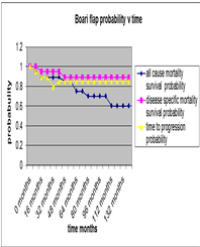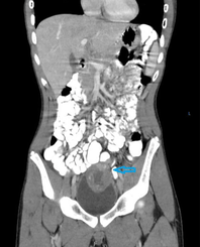
Challenges and Clinical Significance of Virtual Crossmatch in Kidney Transplantation: Our Experience
Background: The presence of anti-HLA antibodies, especially the presence of donor specific antibodies was associated with graft rejection after transplantation. The aim of our work was to analyze whether there is a correlation between actual-crossmatch performed by Luminex and virtual-crossmatch assessed on the basis of recipient’s anti-HLA antibody specificities.
Material and Methods: Anti-HLA antibodies screening ± identification and crossmatch tests were performed before renal transplantation in 310 potential recipients, using Luminex technology. For all patients and donors, pretransplant HLA genotyping for A, B, and DRB1 loci were performed using molecular biology methods. To perform virtual crossmatch, the recipient’s HLA-antibody specificities were compared against the donor HLA alleles.
Results: The anti-HLA antibodies screening was positive in 65 recipients (103 positive results): 15 patients (23%) presented anti-HLA class I antibodies, 12 patients (18.5%) had anti-HLA class II antibodies and in 38 subjects (58.5%) we discovered both types of antibodies. Using LSA assay, we could determine the antibody specificities only in 87 cases. Comparing the recipient’s anti-HLA antibody specificities with donor’s HLA antigens we found positive virtual-crossmatch in 81 cases. For 620 crossmatch results, the sensitivity, specificity, positive and negative predictive values were 87.6%, 97.8%, 85.5% and 98.1%, respectively.
Conclusion: virtual-crossmatch assessed on the basis of recipient’s anti-HLA antibody specificities had a good correlation with actual-crossmatch performed by Luminex and thus, had a high sensitivity in predicting donor-recipient immunologic compatibility. Using the virtual crossmatch may improve graft allocation strategy for kidney recipients reducing the waiting time on the waiting list.
Ana Moise1,2, Cătălin Baston1,3, Natalia Cucu4 , Larisa Denisa Ursu1 , Mirela Maria Iacob1 and Ileana Constantinescu1,2*




